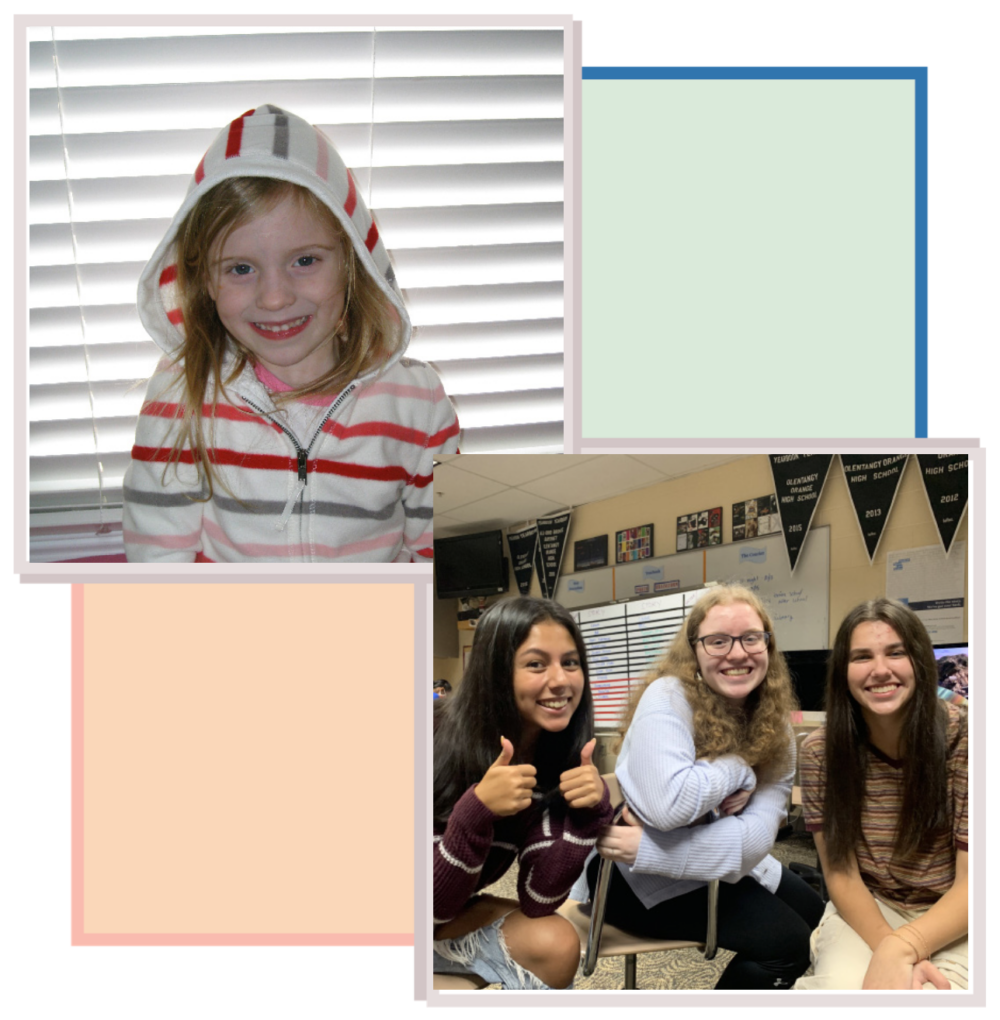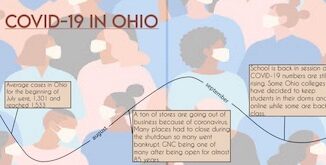
design: Teresa Christian
permission to print photos: Emma Clute
The wish to be understood is one of the most universal desires — the longing for someone to look deep inside our soul and decide that we’re someone worth being around. Personality tests help us fill this hole by promising to reveal objective insight into who we are, which can be hard to quantify on our own.
One popular test is 16 Personalities which uses the Myers-Briggs Type Indicator as its framework. After taking it, people receive a four-letter code explaining their personality in four different dimensions: how they get their energy, how they take in information, how they make decisions and how they organize their life.
From there, the website determines their strengths, weaknesses and even how they’re likely to act in romantic relationships. However, this test is far from the only one like it.
There’s also Enneagram that uses different numbers to categorize different types of people and DiSC that defines people in categories of dominance, influence, steadiness and conscientiousness. Beyond these more general tests, there are also incredibly specific quizzes that reveal how a person would fill a niche role, like “Which Horrible Christmas Song Are You?” or “Will You Die Alone?”.
While these tests can be entertaining and somewhat enlightening, as their frameworks become more narrow, the box we put ourselves in becomes more narrow as well. Given how difficult it is to objectively describe our behavior and worldview, the traits we use to define ourselves may not even be accurate. Often, the results we get on personality tests are only an echo chamber that reflects our view of ourselves back to us. This is because our view of self is so limited.
When philosopher Ludwig Wittgenstein proposed the “Beetle in a Box” thought experiment, he asked people to imagine that everyone has a box with a beetle inside of it. However, each person can only look inside their own box and can never be completely sure that what is in theirs is the same as what’s in everyone else’s, according to Stanford University. Wittgenstein used this thought experiment to discuss how people use words like “pain” and “pleasure” to describe personal experiences that are different for each individual. Personality tests are like this too.
We can only understand how we view ourselves, not how we appear in the minds of others. Due to this, the answers we input and the results we receive on any personality test are only an indication of our opinion of ourselves, not necessarily who we actually are.
This is not the most comforting thought. The reason many of us take personality tests is to figure out how other people see us, but it’s not that simple; we are more than just a four-letter code and a list of strengths and weaknesses. Understanding who we really are requires more introspection than a 50-question test can ever give us. It requires accepting that we can never completely control how other people see us and that we shouldn’t let that impact how we view ourselves.


